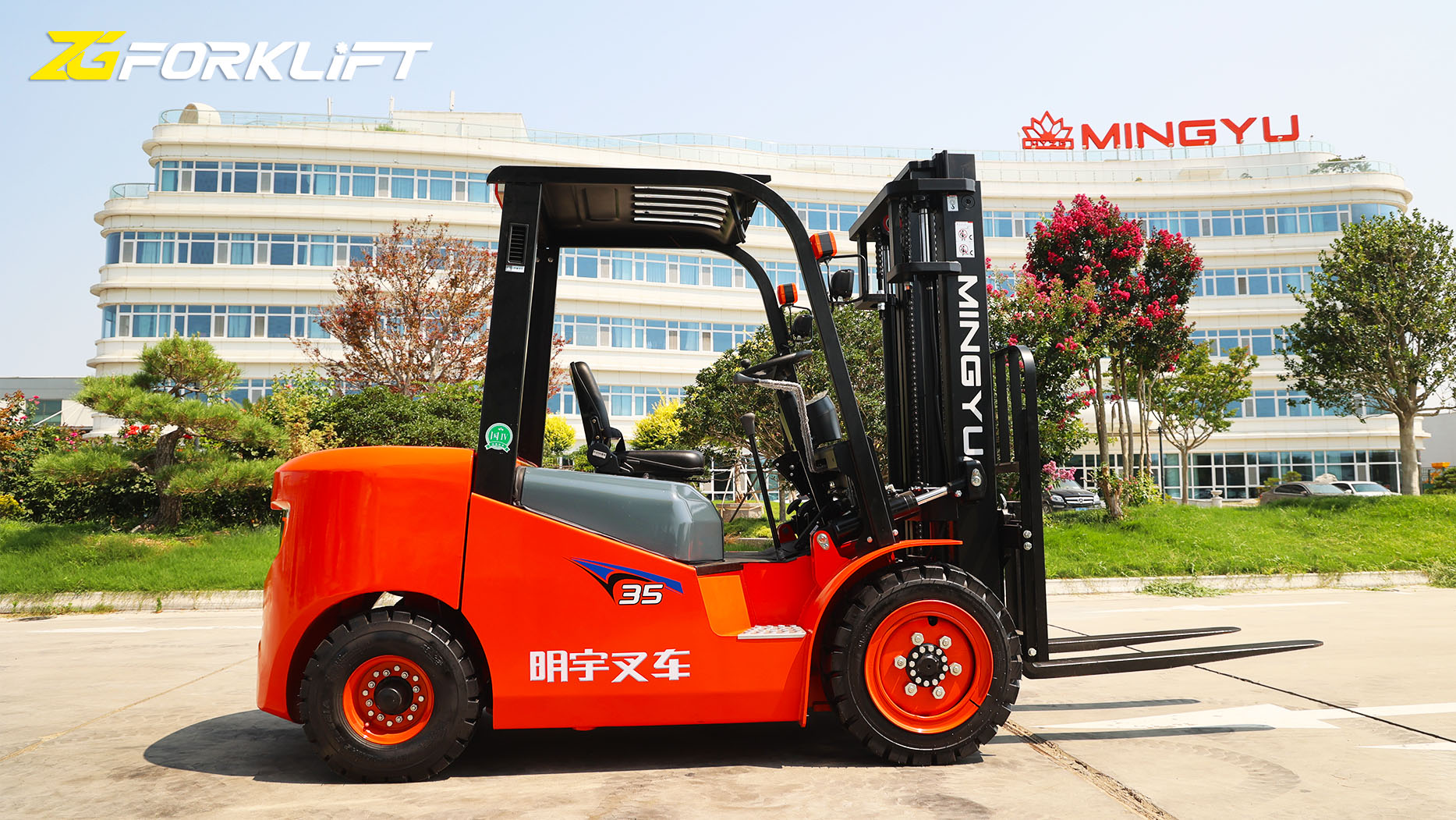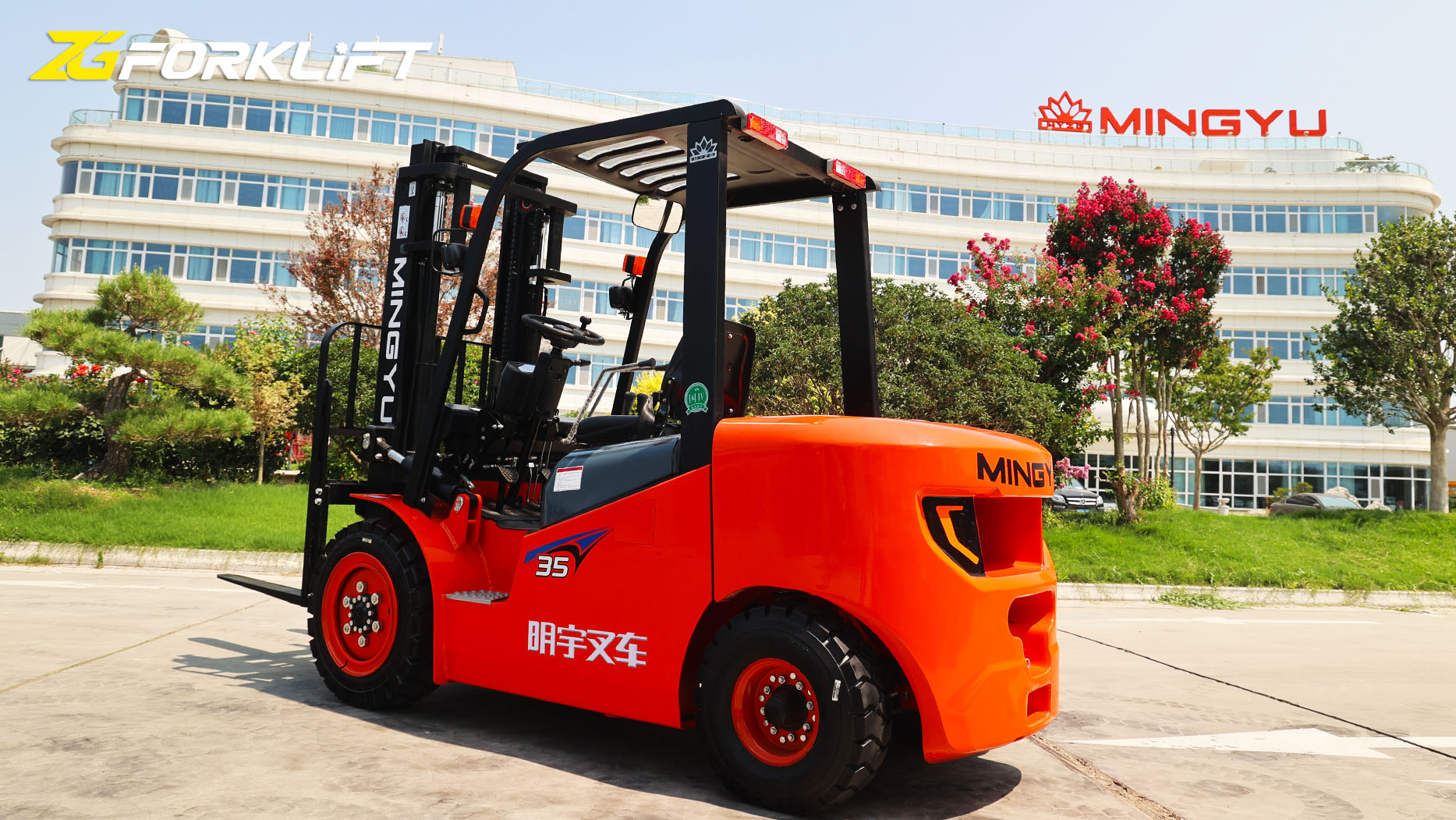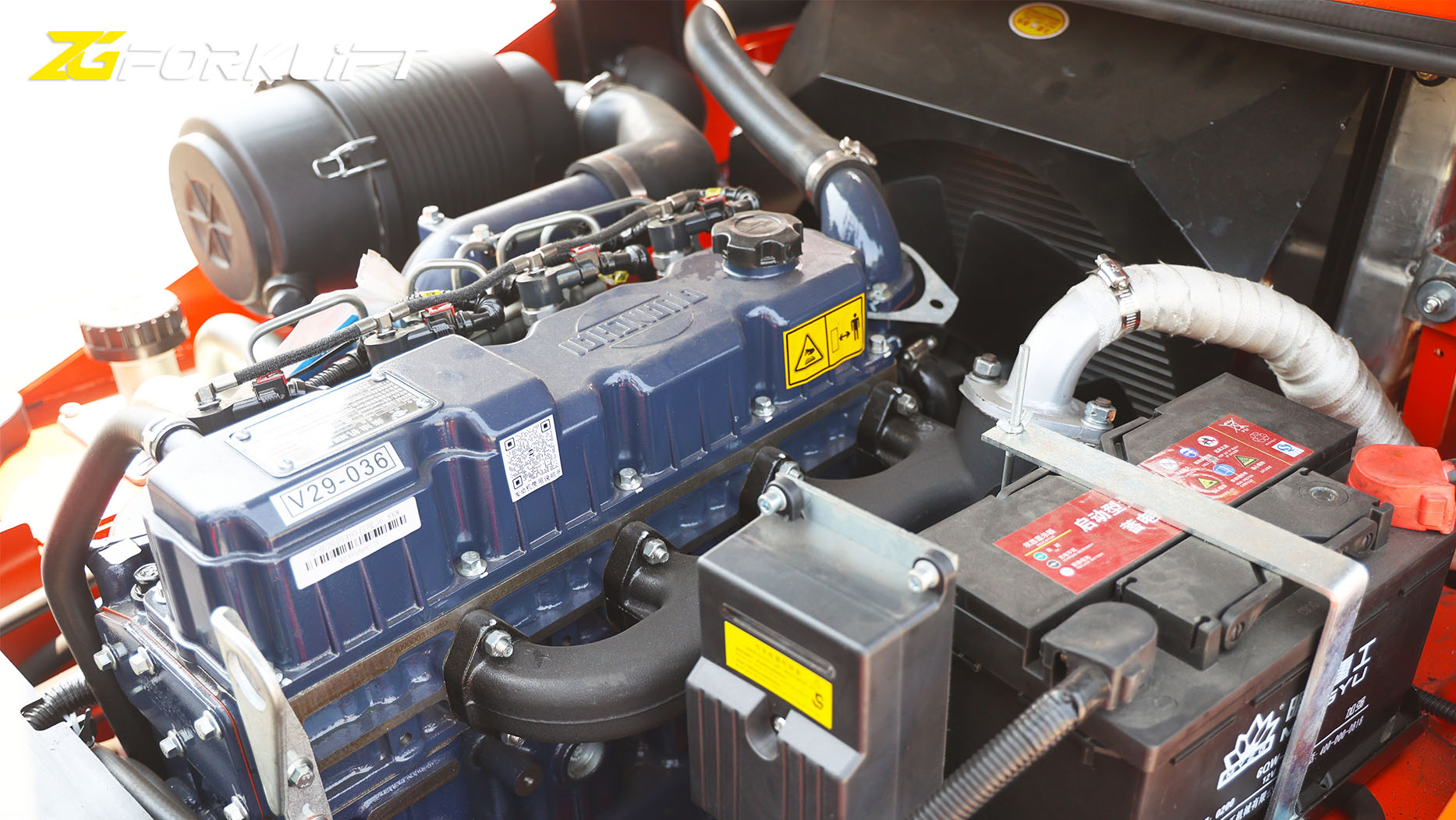I. Introduction
Forklifts are indispensable pieces of equipment in various industries, playing a crucial role in material handling and logistics. These versatile machines come in a wide array of types, each powered by a different energy source. This article will explore the diverse range of fuels that power forklifts, discussing the advantages and disadvantages of each option, and considering the environmental and economic implications for businesses.
II. Internal Combustion Engines
Internal combustion engines have long been a popular power source for forklifts, offering several advantages:
* Readily available and relatively inexpensive fuel source.
* Provides sufficient power for most applications.
* However, gasoline engines can produce emissions and noise, making them less suitable for indoor environments.
* Offers better fuel efficiency and longer run times compared to gasoline.
* Provides greater power and torque, making them suitable for heavy-duty applications.
* However, diesel engines produce higher emissions and noise levels, making them less suitable for indoor use.
Liquefied Petroleum Gas (LPG) / Propane Forklift:
* Burns cleaner than gasoline and diesel, producing lower emissions.
* Relatively quiet operation.
* Suitable for both indoor and outdoor use.
* May have higher fuel costs compared to gasoline in some regions.
Compressed Natural Gas (CNG) Forklift:
* Environmentally friendly option with significantly lower emissions than gasoline or diesel.
* Growing in popularity due to its sustainability and cost-effectiveness.
* May have limited refueling infrastructure in some regions.
Electric forklifts, powered by rechargeable batteries, have gained significant popularity in recent years due to their environmental and operational advantages:
Battery-Powered: * Zero emissions, making them ideal for indoor use where air quality is a concern. * Quiet operation, reducing noise pollution in the workplace. * Require regular battery charging, which can impact productivity if charging infrastructure is not adequate. * Modern lithium-ion batteries offer significant improvements in performance and charging times compared to traditional lead-acid batteries.
IV. Hybrid Forklifts
Hybrid forklifts combine the benefits of both electric and internal combustion engines:
Dual Power Source: They can operate in electric mode for shorter distances and switch to an internal combustion engine for longer distances or more demanding tasks.
Enhanced Versatility: Offer a balance of performance, efficiency, and environmental friendliness.
Reduced Emissions: Significantly reduce emissions compared to traditional internal combustion engines.
V. Choosing the Right Fuel Source
Selecting the appropriate power source for a forklift depends on various factors:
Application Requirements: Consider the specific needs of the application, such as the work environment (indoors/outdoors), lifting capacity, operating hours, and the need for quiet operation.
Environmental Considerations: Evaluate the environmental impact of different fuel sources, considering emissions, noise levels, and sustainability.
Cost Considerations: Compare the initial cost of the forklift, fuel costs, maintenance costs, and operating expenses for each fuel type.
Refueling Infrastructure: Consider the availability and convenience of refueling infrastructure for each fuel type.
VI. Future Trends
Advancements in Battery Technology: Continued advancements in battery technology, such as increased energy density, faster charging times, and improved durability, will further enhance the appeal of electric forklifts.
Hydrogen Fuel Cell Technology: Hydrogen fuel cell technology is emerging as a promising alternative, offering zero emissions and longer operating times compared to battery-powered forklifts.
Autonomous Forklifts: The development of autonomous forklifts will likely influence the choice of power sources, with a focus on efficiency, sustainability, and safety.
VII. Conclusion
Forklifts utilize a diverse range of power sources, each with its own unique advantages and disadvantages. The choice of fuel source depends on a variety of factors, including the specific application, environmental considerations, and economic factors. By carefully evaluating these factors, businesses can select the most suitable power source for their forklift fleet, ensuring optimal performance, efficiency, and sustainability.
Post time:Feb.05.2025



